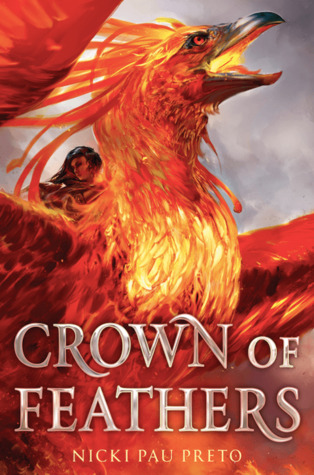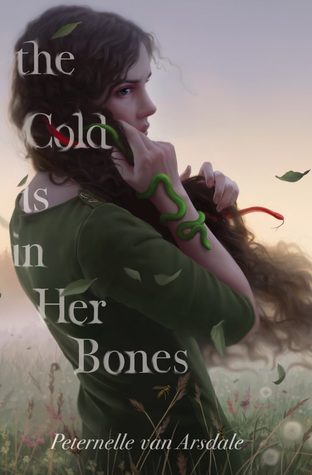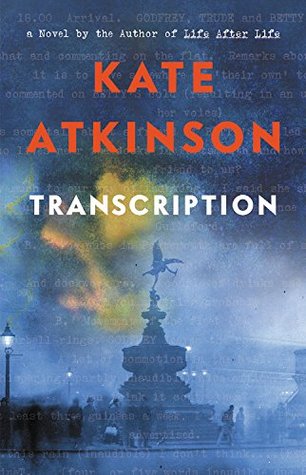Firebreak
Nicole Kornher-Stace
Saga Press
Simon & Schuster 2021
I still consider Nicole Kornher-Stace’s Archivist Wasp to be one of the best YA fantasies of the past several years, and its sequel, Latchkey, did not disappoint. So imagine my delight when I received an advance copy of her latest stand-alone novel for adults (old or young), Firebreak. And to my even greater delight, Firebreak proves to be as satisfying and thought provoking as its predecessors. There’s no question that Kornher-Stace is a writerly force to be reckoned with, and she deserves a much wider audience.
Kornher-Stace is a master of “in medias res”: Archivist Wasp opens with its protagonist fighting for her life, and Firebreak immerses us immediately in a game-world where RL players in a virtual battle-field struggle for points and, more importantly, followers and sponsors, who will pay the fighters not just in boosts and equipment but in RL commodities like water. Mallory (Mal), the gamer, lives in an all-too possible dystopian near-future, where two global corporations battle for territory and control not just of the media but of life-supporting commodities like food and water.
After Mal and her partner have a close encounter in the game-world, they are approached by a potential sponsor, who enlists them to investigate a secret she believes she has discovered. This secret threatens to blow the corporation that controls the city where they live wide open, and the central conflict concerns Mal and her friends responding to it. To say more would be spoilerish, but suffice it to say that the novel asks how far one would go to defend against moral … not just injustice, but _wrongness__.
This novel is about taking a stand, even when the odds seem to be totally not in your favour. One thing I really enjoyed is that we see the way one character’s actions inspires and invigorates broader acts of protest. Mal is a flawed protagonist, not some effortless “chosen one,” and I thoroughly enjoyed the way she is forced almost despite herself to overcome her social awkwardness to become a leader. The parallels with our own world, with events and protests everywhere, but perhaps especially in the US in 2020, give this novel an immediacy and a sense of urgency that will stay with the reader long afterwards.
This novel is thought-provoking but also action-packed, un-put-downable, and just plain fabulous. It will be released next year: watch for it!!
I am grateful to Nicole Kornher-Stace for providing me with an ARC.


 A Brightness Long Ago
A Brightness Long Ago Wicked Saints, by Emily A. Duncan
Wicked Saints, by Emily A. Duncan


 After Zero by Christina Collins
After Zero by Christina Collins
 I was provided a copy of this novel by NetGalley and the publisher in exchange for an honest review.
I was provided a copy of this novel by NetGalley and the publisher in exchange for an honest review.